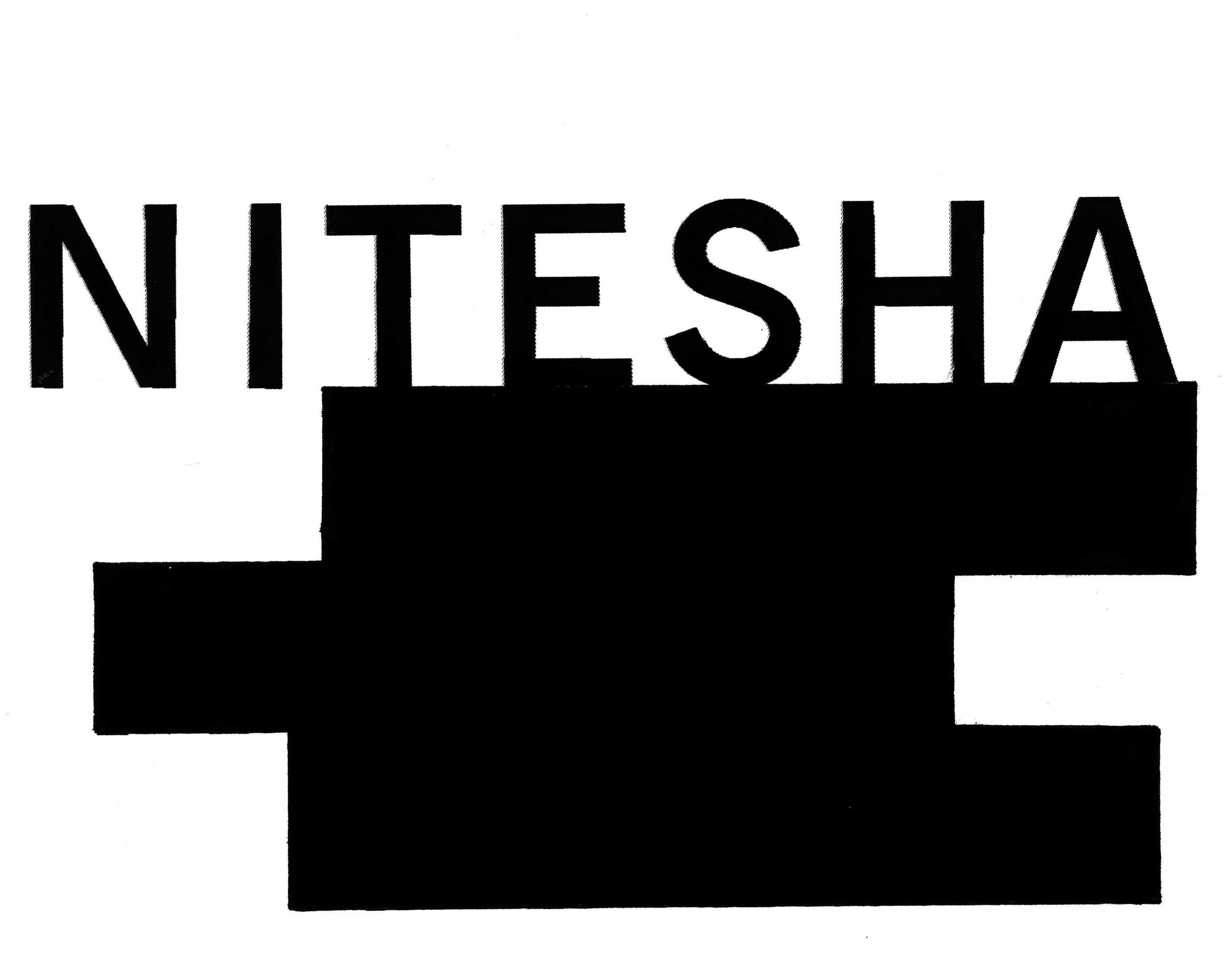写真家・吉永マサユキはこれまでホテル、佐川急便を経て、イギリスに渡り1年間ヨーロッパを放浪。大学検定を取得し、仏教大学の社会福祉学科に入学し、児童福祉士を目指すも、途中で断念する。その後土木業の職をしながら写真学校に通い、徐々に写真の世界で頭角を表し始める。暴走族を長期にわたって撮り続けた『
族』や風呂屋をテーマにした『SENTO』など、独自の視点で切り取られた写真には型におさまらない不良写真家の片鱗がそこかしこに伺える。本書は当時彼が撮り続けていた写真のベスト版的な一冊。暴走族、在日アジア人、右翼、ロカビリー、ギャング、肉体労働者、ヤクザ、ドラァグクイーンなどなど、写真家自身も含め、いわゆるアウトサイダーな人々が被写体として登場する。巻末には雑誌『DUNE』の編集長、林文浩氏が寄稿しているのは興味深い。
Photographer Masayuki Yoshinaga previously worked at a hotel and Sagawa Express, then moved to England and spent a year wandering around Europe. He passed the university entrance exam, enrolled in the social welfare department at Buddhist University, and aspired to become a child welfare worker, but gave up halfway through. Afterwards, he attended a photography school while working in the civil engineering industry, and gradually began to make a name for himself in the world of photography. You can see glimpses of a delinquent photographer who doesn't fit into the mold in his photographs taken from a unique perspective, such as ``
Zoku,'' in which he continued to photograph motorcycle gangs over a long period of time, and ``SENTO,'' which takes bathhouses as their theme. This book is the best version of the photographs he was taking at the time. So-called outsider people, including the photographer himself, appear as subjects, such as motorcycle gangs, Asian residents in Japan, right-wingers, rockabillies, gangsters, manual laborers, yakuza, drag queens, and more. It is interesting to note that Fumihiro Hayashi, editor-in-chief of the magazine ``DUNE'', writes a contribution at the end of the book.





